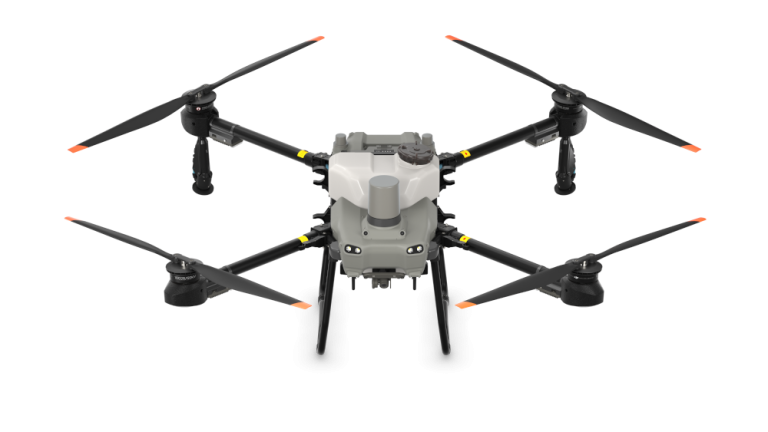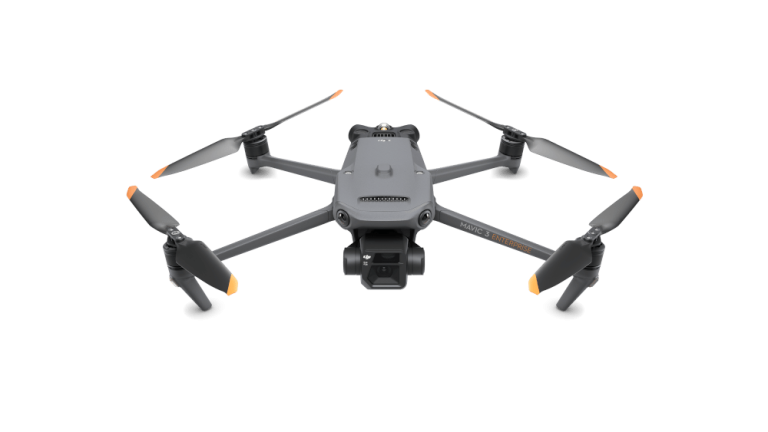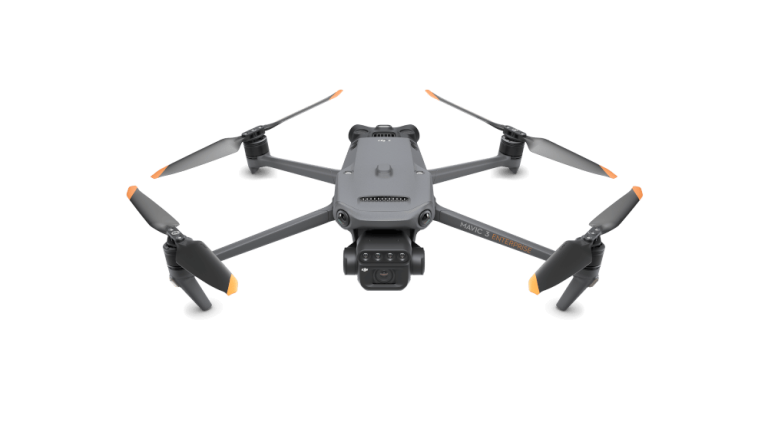Recently, agriculture mostly operated on a trial-and-error basis. It was not possible to predict precisely how much crop the grain sown, the vegetables planted and the trees carefully groomed would eventually yield. Unpredictable weather, changing climate, minor and major natural disasters, diseases attacking plants, pests—plenty of factors that could not be influenced, or only to a small extent.
Today, thanks to precision agriculture and data-driven solutions, farmers can obtain a much more detailed overview of the life of their farms, can better influence each factor and produce more, while also reducing the need for resources such as water, spraying agents and human labor.
The Drone is the Defining Tool of Precision Agriculture
Many think of drones as new-generation spraying equipment. They are wrong. The drones prepared for this task are excellent sprayers — we discussed this in detail in our previous article — but there is much more to them. Drones provide the farmer with an aerial perspective and detailed data that allows them to make more accurate decisions than ever before. Therefore, the acquisition and use of agricultural drones has a fundamental effect on the future of the farm.
Of course, the drone is not the answer to everything. It will not do ploughing or baling, but it will offer opportunities that are unimaginable in traditional agriculture.
Here are 6 ways that agricultural drones can help your work:
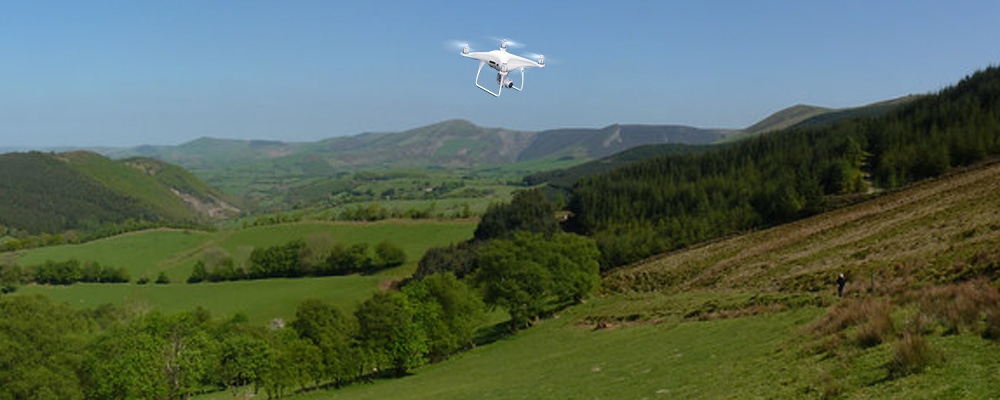
1. Surveying the crop area
The drone is useful even before planting the crop. Equipped with cameras and sensors, the drone can help you farm your land in the best way possible. Aerial photographs accurately reveal soil erosion and areas that are difficult to irrigate. A preliminary survey will help prevent problems that would be much more expensive to solve later.
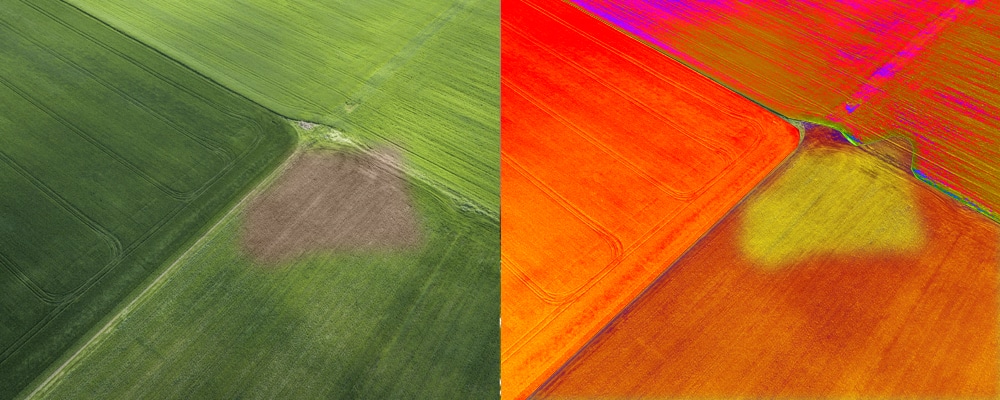
2. Irrigation
Drones will not take over irrigation; you will still need irrigation systems, but they can help adjust them and use them effectively. Multispectral aerial photographs taken before and after sowing show where the land receives too little or maybe too much water. This information will help prevent serious problems in the future.
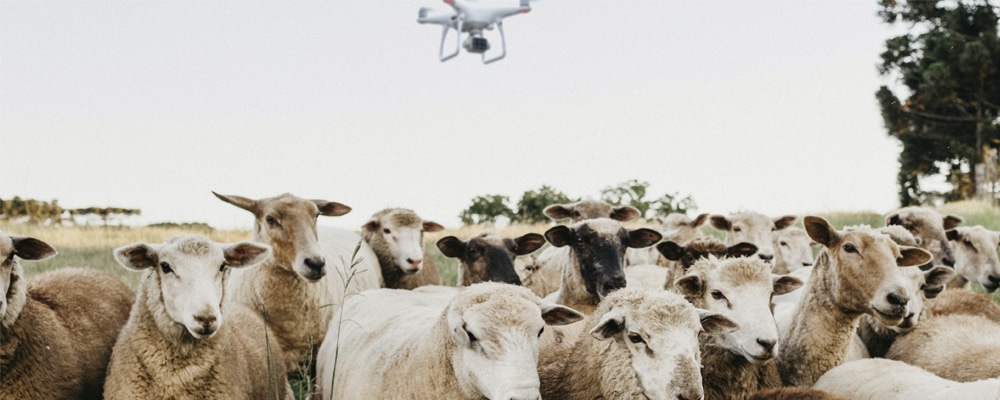
3. Animal husbandry
Animals can be well identified by their body temperature, so drones equipped with a thermal camera are ideally suited for checking the headcount. The system can instantly detect if an animal’s body temperature is too high, so diseases can be identified in a timely manner. Inspection flights can also show if the pasture’s fence is broken so further damage can be quickly prevented.

4. Crop surveying
Drones equipped with multispectral cameras are able to distinguish between healthy and sick plants. Depending on the resolution of the so-called NDVI map recorded and generated by the drone, you can see which parts of your fields, which plants, or even which parts of individual plants require special attention and urgent intervention. This method can be used to save plants with diseases that would have remained invisible using traditional methods.
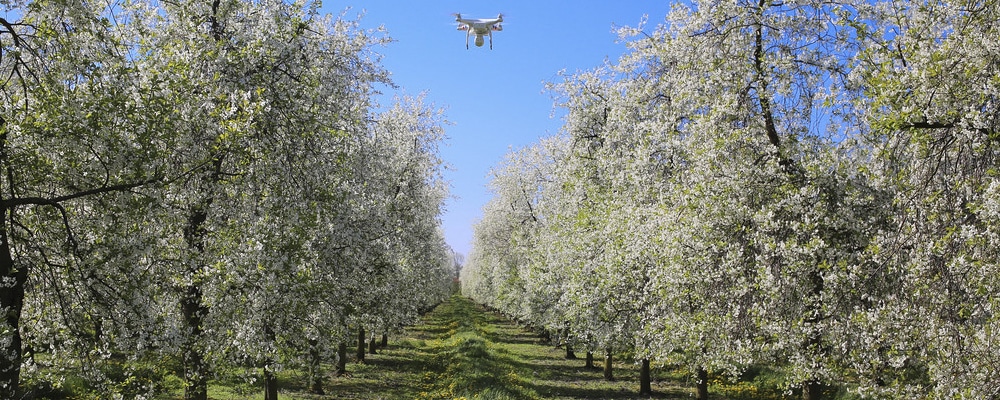
5. Insurance and crop valuation
Insurance is extremely important for farmers. However, in the event of drought, floods, seasonal frosts or other natural disasters, it is difficult to evaluate losses quickly and accurately. Drone data documenting the state of crops and livestock before and after disasters, as well as an informed forecast on the reduction in estimated yields can help ensure that insurance processes are completed quickly and seamlessly.
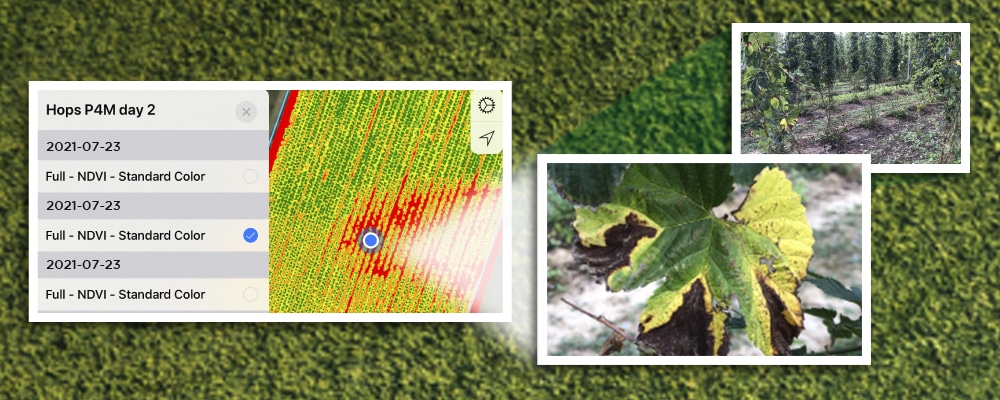
6. Precision spraying
Although it is still a novelty here, precision spraying has been used in Japan since the 1980s. The application of this method was significantly facilitated by the appearance of drones. Data from cameras and sensors help spraying more effectively and precisely than ever before.
Having a Drone is Worth it for Farmers
Modern agriculture is inconceivable without a serious machine fleet. To name just a few, a tractor, a combine harvester or a dryer, cost a lot of money. An agricultural drone is one of the relatively modest investments, while it offers one of the fastest returns!
Agricultural drones cannot replace all the machines used before, and traditional spraying and irrigation will continue to be necessary; however, due to their features briefly described in the 6 points above, they can reduce uncertainty and make work much more efficient and effective than before. The result of all this is less loss and more crops than before.
